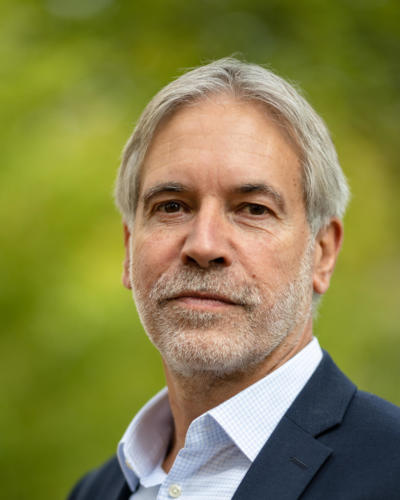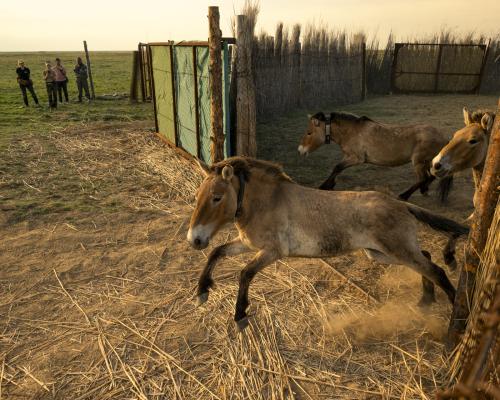Manu National Park in Peru is celebrating its 50th anniversary. Located in the southeast of the country, the protected area is not only a world champion of biodiversity, but also an outstanding example of a close connection between nature and tradition. It is rightly a UNESCO World Heritage Site and we extend our warmest congratulations on the anniversary.

50 Years Manu National Park – World Champion of Diversity
On May 29th, 1973, Peru declared a region in the east of the country a national park, where two of the most diverse biomes on our planet meet: the eastern Andes and the lowlands of the western Amazon basin. The 17,176 square kilometer park stretches from the warm, humid rainforests at the headwaters of the Manu River up to the heights of the Andes at over 4,000 meters.
Manu is home to 10% of the world’s bird species, 228 mammal species, 132 reptile species, and more than 5,000 plant species – in total, experts estimate that more than 500,000 species exist in Manu. In addition, different ethnic groups live here, including one of the last completely isolated indigenous peoples in the world, the Mashco-Piro. All groups have their own languages, and there is an enormous cultural diversity between them.
“Manu National Park is not only a heritage of Peru, but also of the peoples of the world,” emphasized José Carlos Nieto, head of the National Service of Natural Areas Protected by the State (SERNANP), at the opening event for the anniversary month, which was also attended by the President of Peru, Dina Boluarte.
The event, held on May 4th in the Peruvian capital Lima, was attended by the President, three ministers of the State, representatives of SERNANP, the indigenous Quechua and Machiguenga communities, as well as institutions, researchers and nature photographers.
“Over the past 50 years, all these people have contributed to the research, protection and, above all, conservation of this park,” said John Florez, director of Manu National Park.
The Minister of Environment of Peru, Alvina Ruiz, honored personalities and institutions closely associated with the history and development of the national park, including the first National Park Director, Antonio Tovar Llorente, the German Ambassador to Peru, Sabine Bloch, and Christof Schenck of the Frankfurt Zoological Society.
“This award is a tremendous pleasure for me as a representative of FZS. I am surrounded by friends I have known for many years. I congratulate the entire SERNANP team on this important work,” said Christof Schenck.

I congratulate the entire SERNANP team on this important work.
FZS has supported individual conservation projects in Peru since 1969, including for example the construction of the Cocha Cashu research station. The current commitment began in 1990, right in Manu National Park.
We support the protected area authority SERNANP, for example with building control posts, with ranger patrols into remote areas, with the training and further education of rangers or with their operations against illegal activities.
Today, FZS works in Peru in the four regions of Manu, Yaguas, Purus and Bahuaja Sonene-Tambopata, covering a total area of more than 131,000 square kilometers spread across 13 protected areas. “In all regions, cooperation with the communities is key to nature conservation,” explains Hauke Hoops, who has led FZS’s work in Peru since 2015.
Manu: UNESCO World Heritage and biodiversity record holder
-
 Peru
Peru
Manú Landscape













